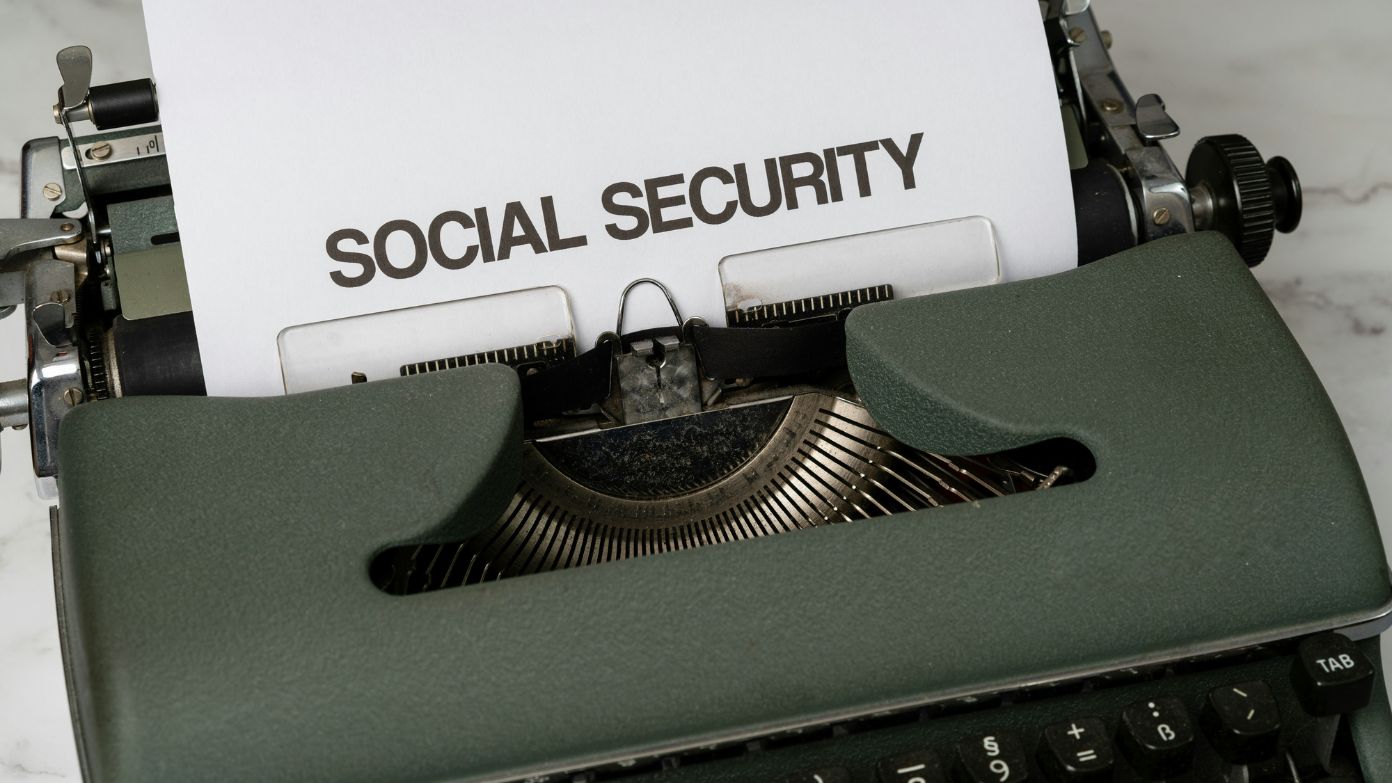The Social Security Administration (SSA) originally planned to stop sending paper checks by September 30, 2025. But in a quiet shift, the agency has softened its stance. This decision is especially important for people in Florida, Texas, and California, where the largest number of paper-check recipients live.
What is happening to paper Social Security checks
The move away from paper checks did not come out of nowhere. In March 2025, President Trump signed an executive order requiring all federal agencies to switch to electronic payments. The government pointed to three main reasons:
- Lower costs: Sending a paper check costs about 50 cents, while electronic transfers cost less than 15 cents.
- Fewer risks: Paper checks are 16 times more likely to be lost or stolen compared to electronic payments.
- Faster delivery: Electronic deposits avoid postal delays, making sure people get their money on time.
Nevertheless, the plan, as it were, looked good on paper, while the reality turned out to be otherwise. There are about 400,000 Americans who still rely on checks on paper. A majority of these people belong to the categories of seniors, low-income families, or those living in rural areas with limited access to banks or the internet.
How Florida, Texas, and California are affected
Florida, Texas, and California are home to the highest number of people who still receive paper Social Security checks. This is not surprising—these states have very large populations of retirees, especially Florida. This is what I mean:
- In Florida, many seniors in retirement communities still prefer paper checks because they feel safer managing money that way.
- In Texas, rural communities face challenges with internet access, making electronic transfers less practical.
- In California, high housing costs mean some lower-income residents cannot keep stable bank accounts, which are required for direct deposits.
For people in these states, the idea of losing paper checks raised serious worries about being cut off from their Social Security benefits.
Recommended:
Why the SSA changed its stance
The backlash to the “no paper checks” policy was strong. Advocates for seniors, disability groups, and policy experts warned that forcing everyone into electronic payments could actually harm the most vulnerable.
The SSA responded to these concerns. On September 19, the agency posted a clarification:
“There are no plans to pause any payments starting October 1,” the SSA wrote. “Where a beneficiary has no other means to receive payment, we will continue to issue paper checks.”
This statement makes it clear that while the government wants to move toward electronic payments, no one will be left without a way to access their money.
Will paper checks disappear completely
Even though the SSA has eased its tone, the long-term goal remains the same. The government wants all payments to eventually go digital. Over time, paper checks will likely fade out. But for now, they remain available for people who have no other option.
Here is what you need to know:
- If you already receive direct deposit, nothing will change.
- If you receive a paper check and cannot switch, your payments will continue beyond October 1.
- The SSA encourages beneficiaries to switch to direct deposit or the Direct Express debit card when possible, but it is not forcing everyone at once.
Why some Americans still prefer paper checks
For many older adults, paper checks feel safer and more trustworthy. They can walk to the bank, cash it, and know the money is in their hands. Some do not trust digital systems or fear hacking. Others cannot afford the fees that come with certain bank accounts.
This is why the SSA’s more flexible approach matters. It recognizes that not all Americans live the same way, and not all have the same access to technology.

